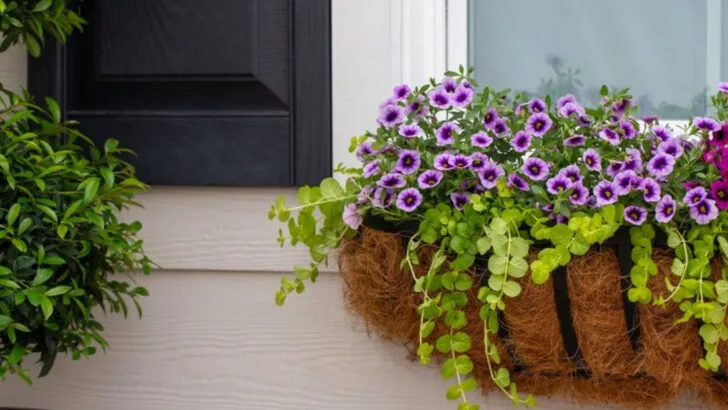Some plants tiptoe into your garden—and then quietly take over in the most beautiful way. They begin as small, manageable additions: a few leaves, a gentle bloom, a modest stem. But give them a season (or two), and suddenly, they’ve transformed your space into something lush, full, and alive.
These 20 fast-spreading plants aren’t invasive pests. They’re the kind that fill gaps, cover bare soil, spill over containers, or climb just enough to create drama—all without demanding much in return. They work with you, not against you, and they make even half-finished gardens feel full-grown.
Whether you’re working with a patchy lawn, a neglected corner, or a pot that always looks underwhelming, these plants bring instant charm and long-term payoff. Add one, and let it surprise you. Add three, and your garden might just go wild—in the best possible way.
Mint
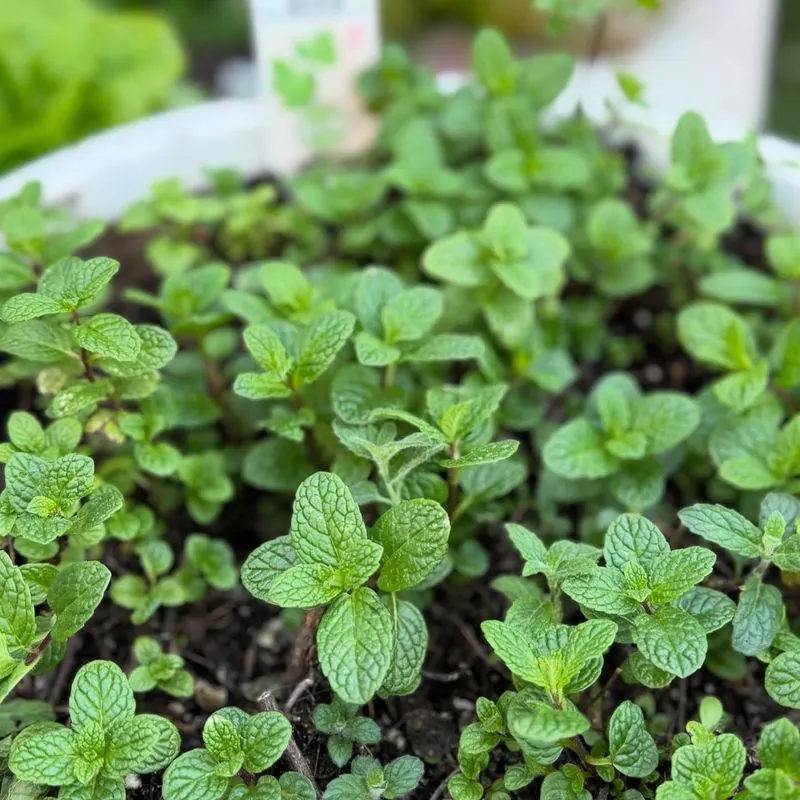
Mint, with its refreshing aroma and flavor, is a favorite in kitchens worldwide. Initially modest, it quickly spreads to fill entire garden beds if left unchecked. Its roots, known as runners, can travel far and wide, establishing new growth along the way.
Beyond its culinary uses, mint serves as a natural pest repellent, making it a functional garden ally. Its presence can enhance the growth of nearby plants, thanks to its ability to deter certain insects. However, it’s wise to plant mint in containers to control its exuberant expansion.
Bamboo
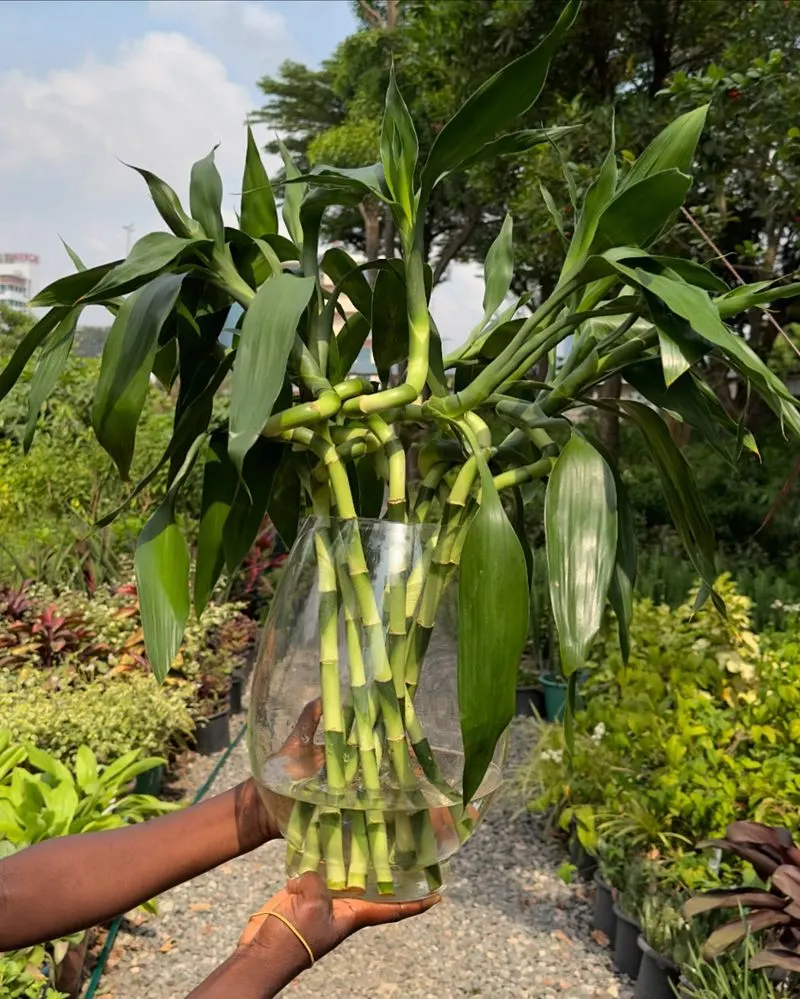
Bamboo is renowned for its rapid growth, often symbolizing resilience and flexibility in various cultures. Some species can grow several feet in just a day, creating a lush, green screen ideal for privacy.
This plant is not only admired for its aesthetic appeal but also for its ecological benefits. Bamboo absorbs carbon dioxide and releases 35% more oxygen than equivalent trees, making it a green powerhouse. Its robust nature requires control measures to prevent unwanted takeovers, but its benefits to the environment are undeniable.
English Ivy
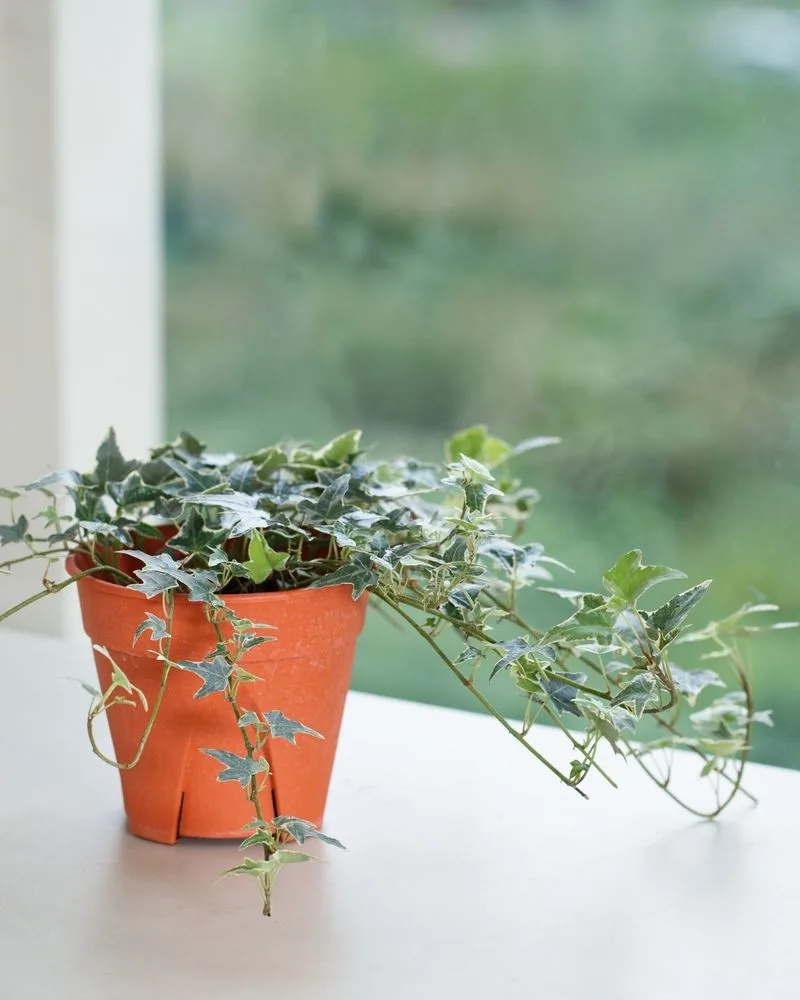
English Ivy begins as a humble creeper but soon establishes itself as a dominant presence. It can cover walls, fences, and even trees, creating a picturesque scene reminiscent of English cottages.
Its evergreen foliage provides year-round beauty, while also serving as a shelter for birds. Despite its charm, ivy requires regular pruning to prevent it from overwhelming its surroundings. Its ability to thrive in shaded areas makes it a versatile plant for various garden settings.
Lavender
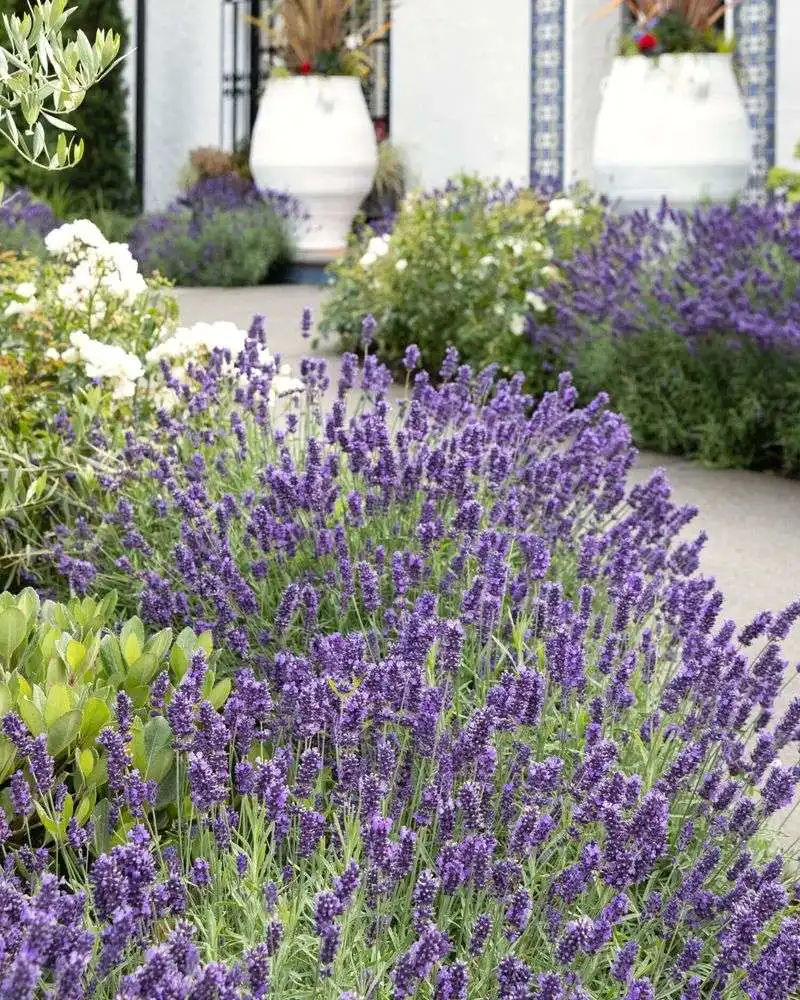
Lavender, with its calming fragrance and vibrant purple flowers, is a garden favorite. Initially, it might seem unassuming, but it soon grows into dense bushes that attract pollinators.
The plant’s essential oils are treasured for their soothing properties, often used in aromatherapy. Lavender’s resilience to drought and pests makes it a hardy choice for gardeners. Regular pruning helps maintain its shape and encourages more blooms, ensuring a fragrant and colorful display throughout the growing season.
Creeping Jenny

Creeping Jenny is a ground cover that lives up to its name, spreading rapidly to form a dense mat of green foliage. Its trailing nature is perfect for softening the edges of pathways and stone walls.
The plant’s vibrant yellow flowers add a splash of color, attracting bees and other beneficial insects. Although its growth is vigorous, Creeping Jenny can be easily managed with regular trimming. Its ability to thrive in both sunny and shaded areas makes it a versatile addition to any garden.
Wisteria
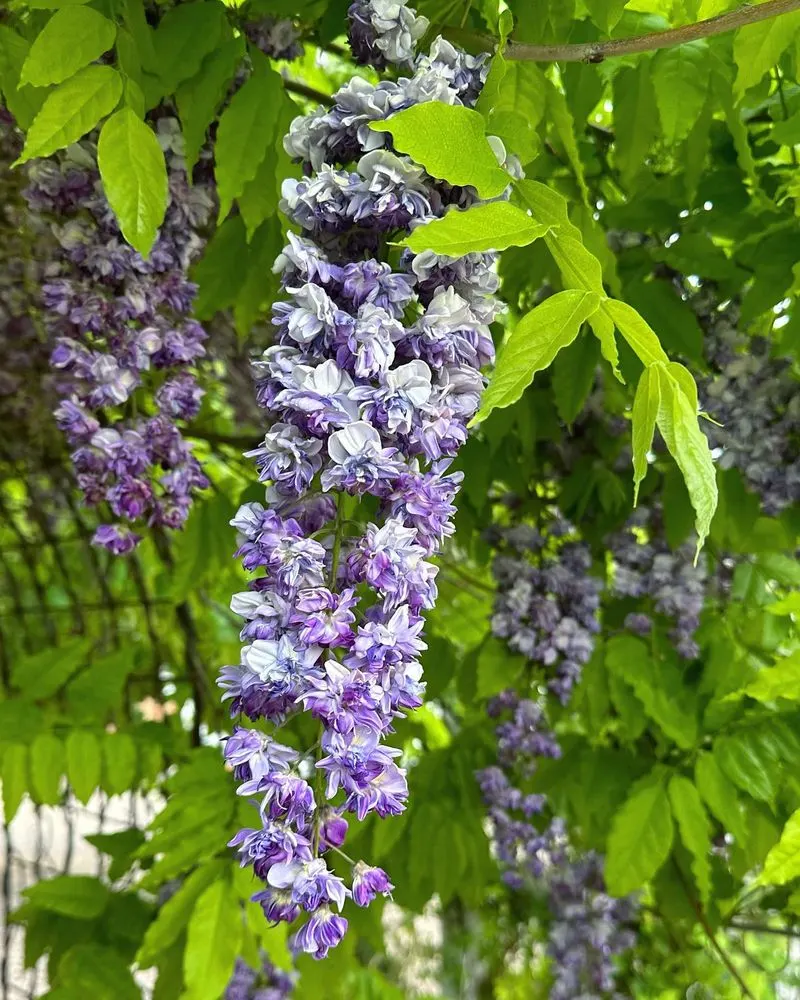
Wisteria captivates with its dramatic displays of hanging flowers, transforming garden structures into breathtaking features. As a young vine, it starts humbly, but its growth potential is immense.
These vines can envelop pergolas and arbors, creating natural shaded retreats. While its beauty is unrivaled, wisteria requires sturdy support and regular pruning to keep it in check. Its sweet fragrance and colorful blooms invite admiration and visits from pollinators, making it a garden showstopper.
Clover
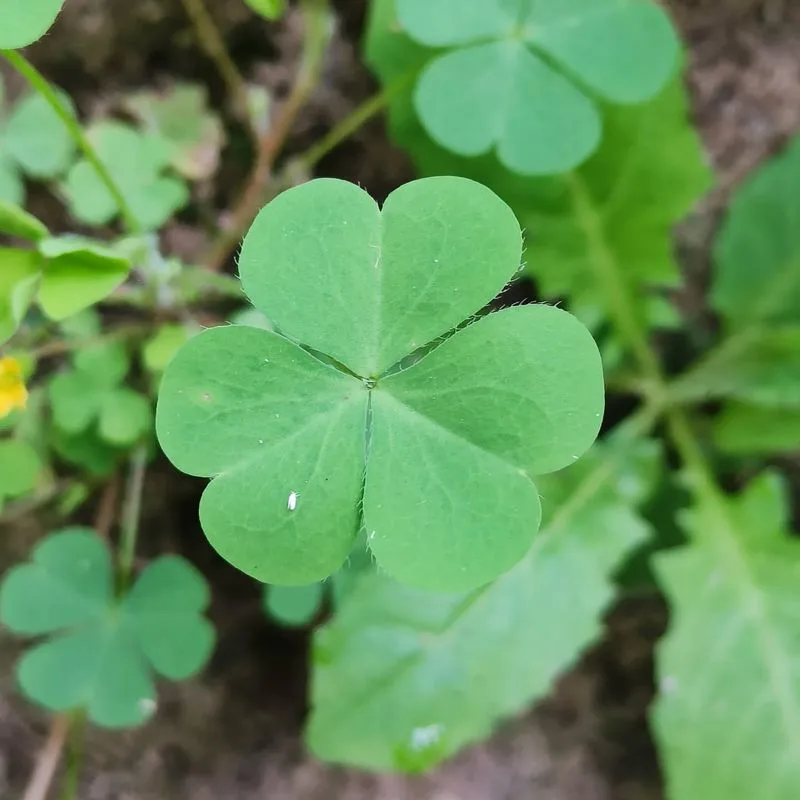
Clover is often seen as a lawn pest, but its benefits are noteworthy. It starts modestly, yet quickly spreads to form a lush green carpet that enriches the soil with nitrogen.
This low-maintenance plant is drought-tolerant and resilient, making it an excellent choice for eco-friendly lawns. Clover attracts honeybees and other pollinators, supporting local biodiversity. Though it may need occasional management to prevent overwhelming other plants, its ecological advantages are significant.
Trumpet Vine
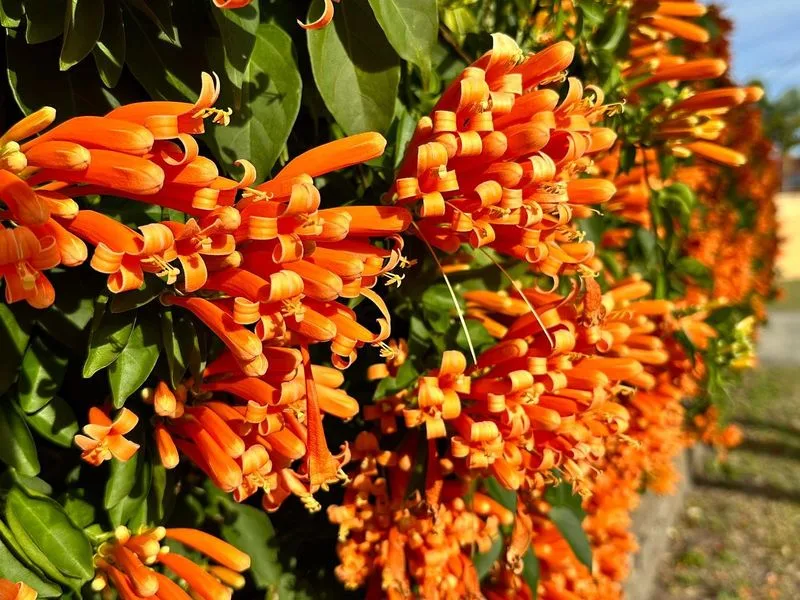
Trumpet vine, with its vivid orange flowers, is a magnet for hummingbirds. Initially subtle, it quickly transforms fences and trellises with its lively blooms.
The plant’s aggressive nature can be both a blessing and a challenge. While it provides stunning vertical interest, it requires diligent pruning to prevent it from overpowering other garden features. Its ability to thrive in various conditions makes it a versatile choice for gardeners seeking vibrant color and wildlife attraction.
Hosta
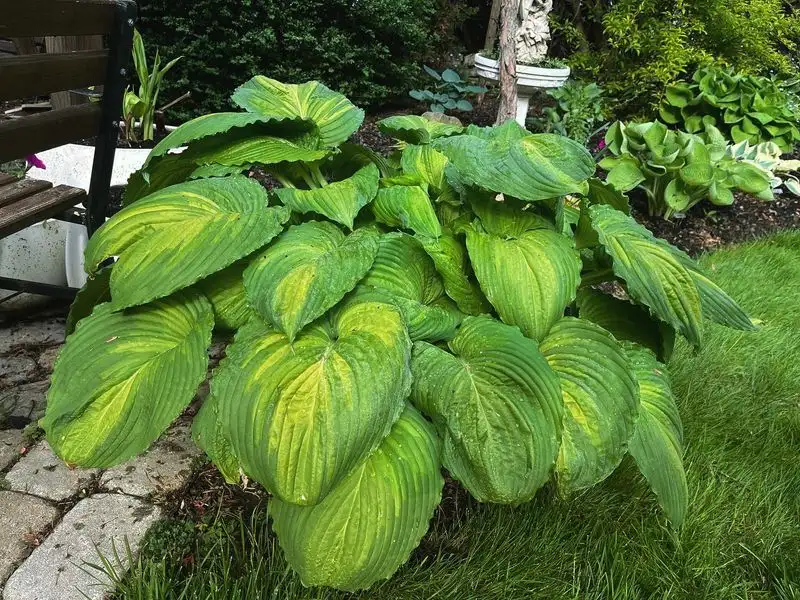
Hostas are beloved for their striking foliage, which ranges from deep greens to variegated patterns. They start as small sprouts but soon form impressive clumps that dominate shady garden beds.
These plants are ideal for adding texture and depth to shaded areas. While hostas are hardy, they can become targets for deer and slugs. Regular maintenance and protective measures help ensure their continued appeal. Their ability to thrive in low-light conditions makes them invaluable for gardeners with limited sunlight.
Daylily
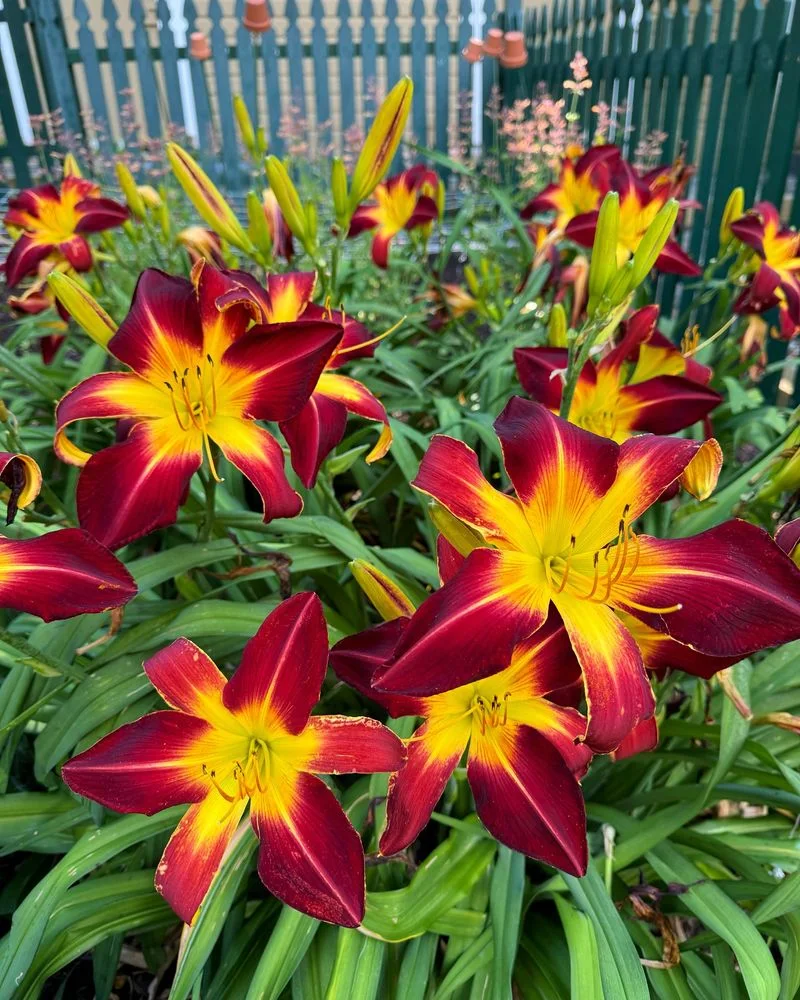
Daylilies are the epitome of resilience and beauty. Starting from small clumps, they expand to create a colorful spectacle in gardens.
Each bloom lasts only a day, but the plant produces so many flowers that it remains in color for weeks. Daylilies are low-maintenance and adaptable to various soil types, making them a gardener’s delight. Their ongoing bloom cycle and resistance to pests contribute to their popularity for brightening garden landscapes.
Black-Eyed Susan
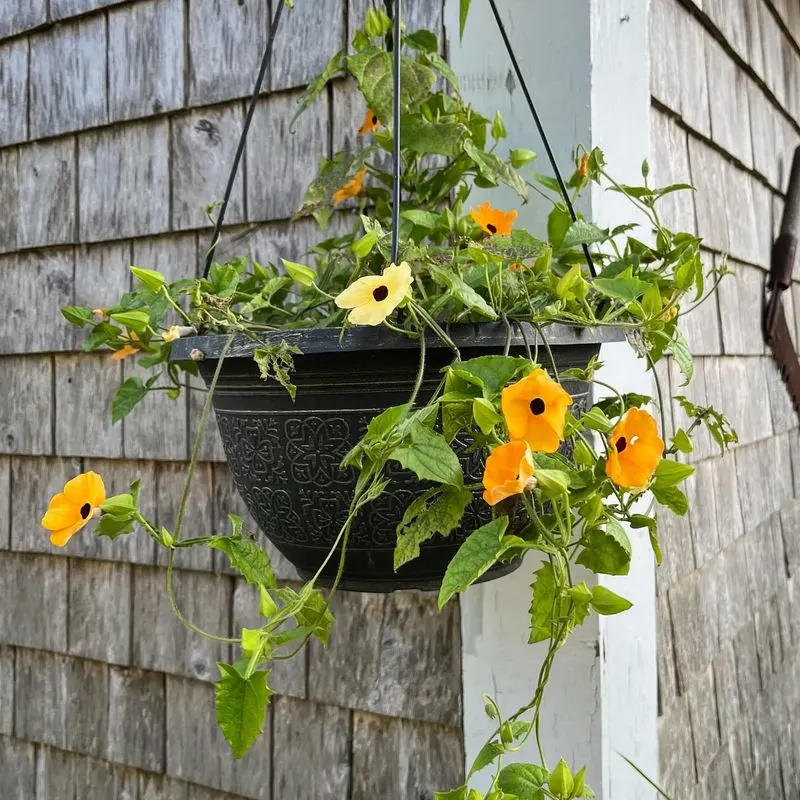
Black-Eyed Susans are quintessential wildflowers that begin modestly but soon dazzle with a sea of yellow blooms. They are a staple in many pollinator gardens, attracting bees and butterflies.
These flowers are resilient, thriving in poor soil and full sun, making them an excellent choice for beginners. Regular deadheading prolongs their bloom period, keeping gardens vibrant throughout the summer. Their cheerful appearance and ecological benefits make them a must-have for sustainable gardening.
Ajuga
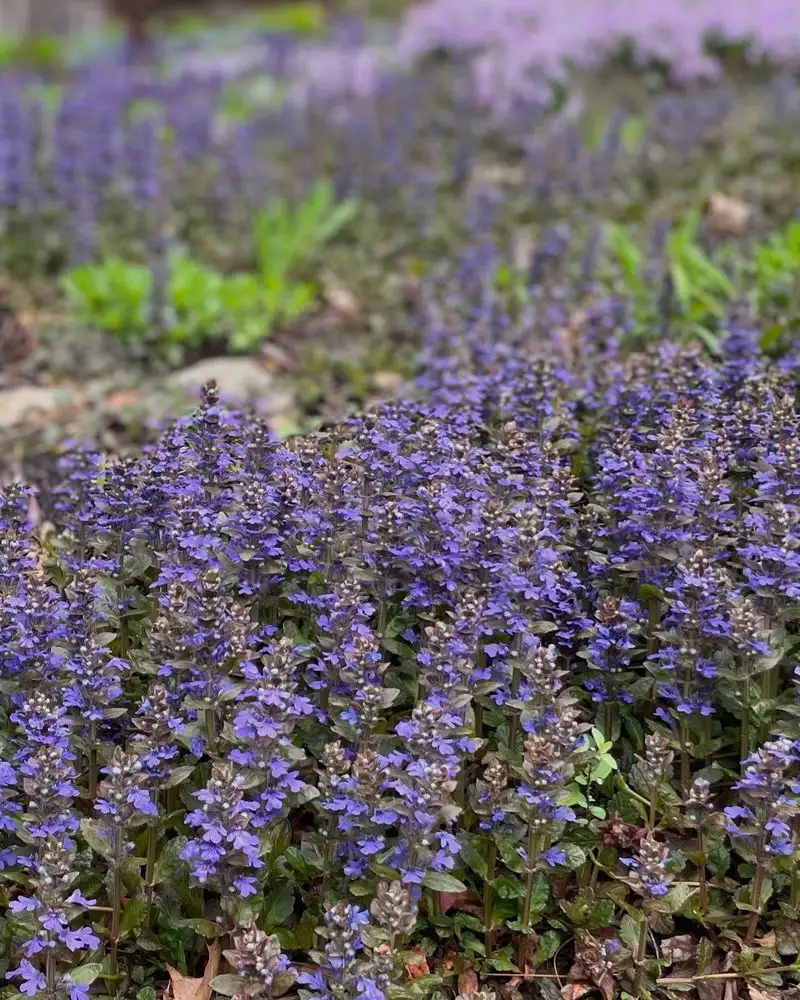
Ajuga, or bugleweed, is a ground cover known for its vibrant, low-growing foliage and striking blue flower spikes. Initially unobtrusive, it quickly spreads to create a lush, colorful carpet.
Ideal for shady areas, ajuga helps suppress weeds, reducing garden maintenance. It’s a favorite for adding interest under trees or along pathways. While its rapid spread can pose a challenge, its beauty and weed-suppressing abilities make it an attractive choice for many gardeners.
Sedum
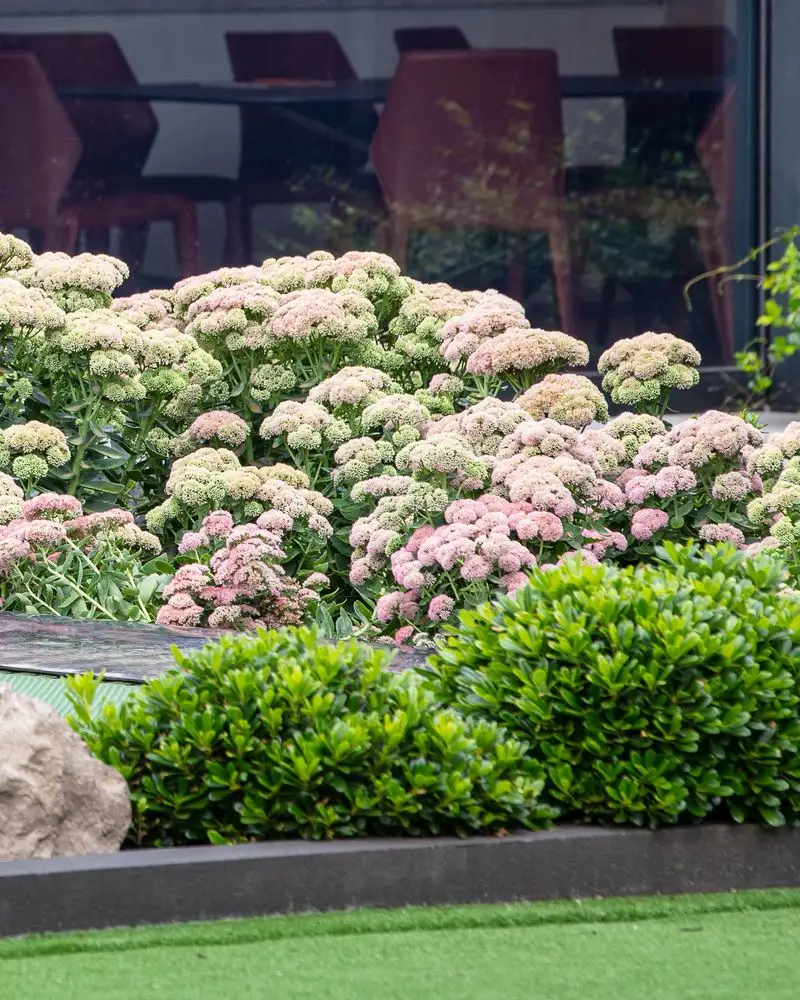
Sedum, commonly known as stonecrop, is a succulent that thrives in challenging conditions. It starts small, slowly expanding to form dense mats or upright clumps.
Tolerant of poor soil and drought, sedum is perfect for rock gardens and borders. Its fleshy leaves and star-shaped flowers attract pollinators, adding ecological value. The plant’s low-maintenance nature and versatility make it popular for gardeners looking to add texture and interest without the fuss.
Sweet Potato Vine
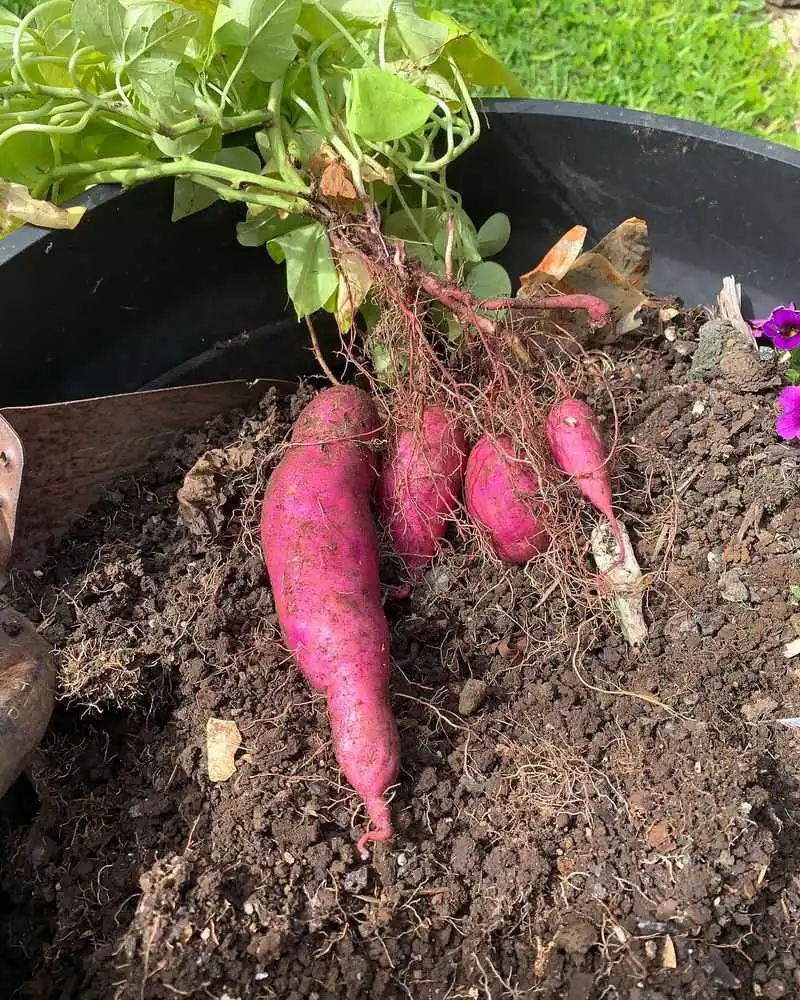
Sweet potato vines are grown more for their striking foliage than their tubers, adding a dramatic flair to gardens. Initially compact, they soon trail elegantly from containers and hanging baskets.
These vines are easy to care for, thriving in warm conditions with regular watering. Their bold colors range from deep purple to bright green, providing a vivid contrast in plant arrangements. Pruning helps manage their growth, ensuring they don’t overshadow other plants.
Goldenrod
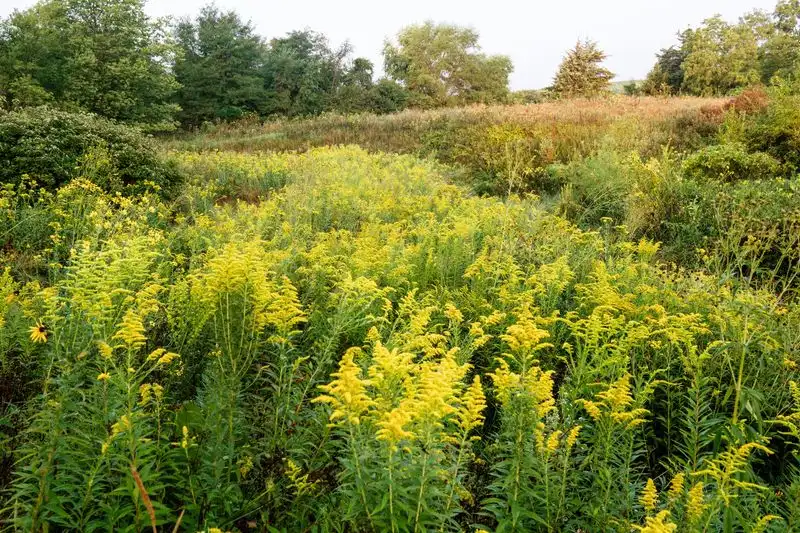
Goldenrod is often mistaken for a weed, but its ecological role is significant. Starting from small clumps, it bursts into clouds of yellow flowers that support pollinators.
This plant thrives in poor soil, making it suitable for challenging landscapes. Its ability to attract beneficial insects and deter pests makes it a valuable garden ally. While it requires management to prevent it from becoming invasive, goldenrod’s ecological contributions are immense.
Honeysuckle

Honeysuckle vines are renowned for their sweetly scented flowers and rapid growth. Beginning as small twigs, they soon transform fences and arbors with fragrant blossoms.
The flowers are a magnet for hummingbirds and bees, enhancing garden biodiversity. To prevent honeysuckle from becoming unruly, regular pruning is necessary. Its enchanting fragrance and visual appeal make it a beloved choice for gardeners seeking sensory indulgence.
Catmint
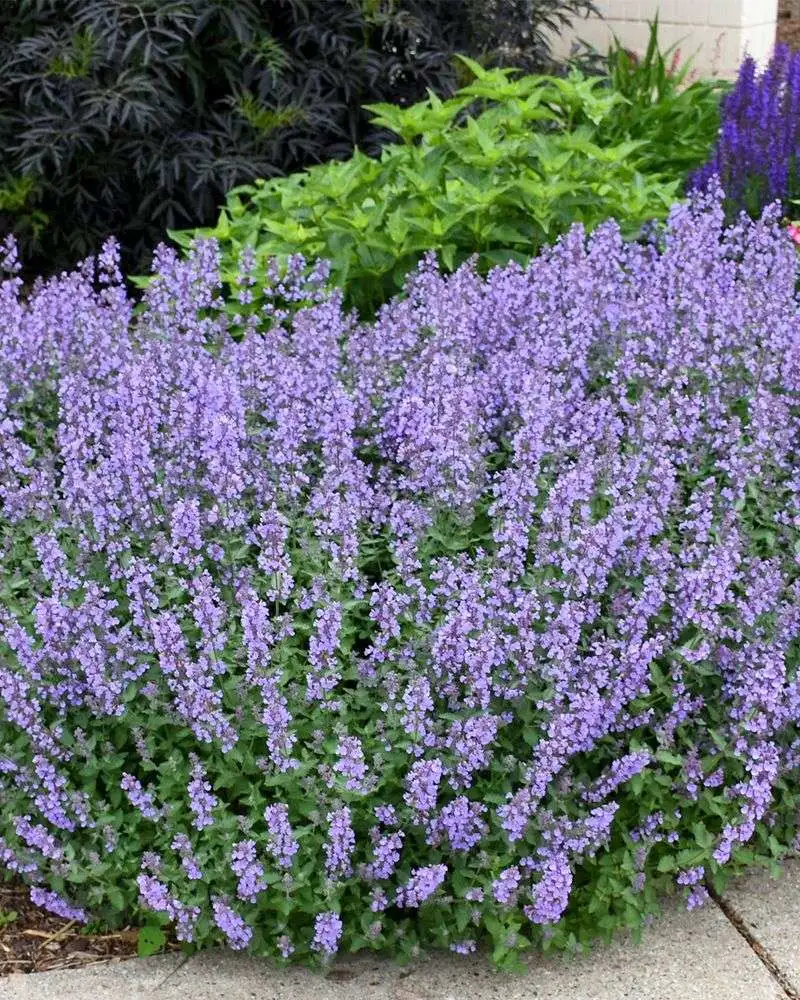
Catmint is a favorite for its aromatic foliage and delicate lavender-blue flowers. Starting as a small plant, it soon spreads to create drifts of color.
This hardy perennial is drought-tolerant, making it ideal for low-maintenance gardens. Its flowers attract bees and other pollinators, while its scent deters pests. Regular trimming encourages reblooming, ensuring a long-lasting display. Catmint’s resilience and appeal make it a worthy addition to any garden setting.
Lantana
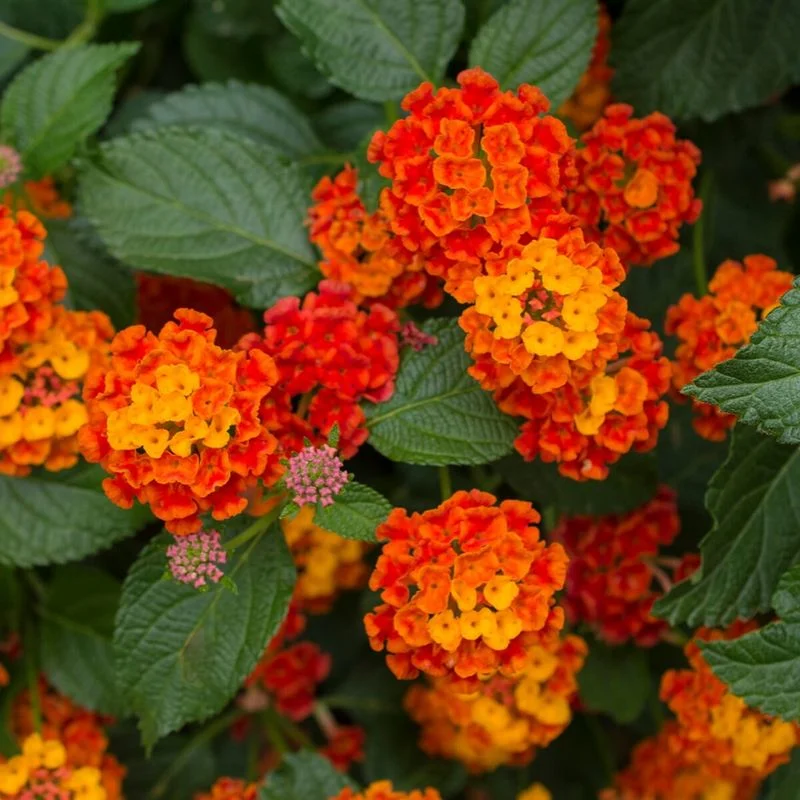
Lantana is cherished for its clusters of bright blooms that change color as they mature. Initially small, it grows into a bushy plant that thrives in heat and sun.
The flowers are a favorite of butterflies, adding dynamic movement to gardens. Lantana’s drought tolerance and ability to bloom continuously make it a valuable plant for sunny landscapes. Pruning keeps it compact and encourages more flowers, ensuring a vibrant garden presence.
Virginia Creeper
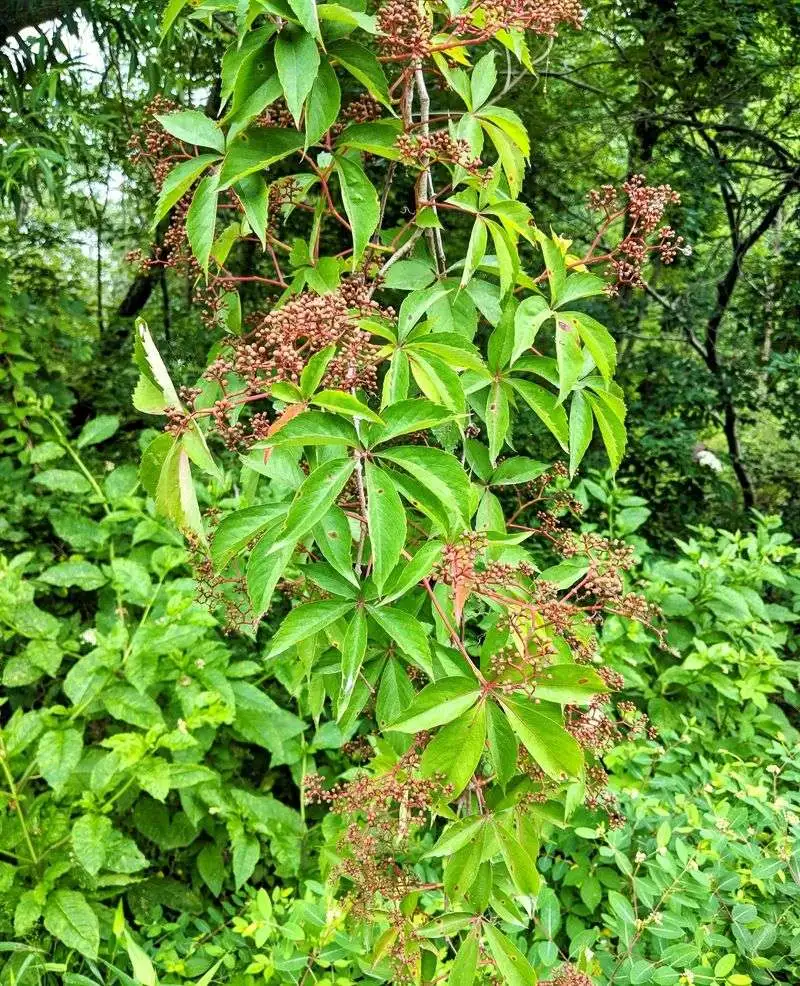
Virginia Creeper is known for its vigorous growth and stunning fall foliage. Beginning with inconspicuous leaves, it rapidly covers surfaces with a blanket of green, turning crimson in autumn.
This vine is excellent for creating natural privacy screens. Its ability to grow in various conditions makes it versatile, although it requires management to prevent it from becoming invasive. The visual interest it provides throughout the seasons makes it a favorite for gardeners.

